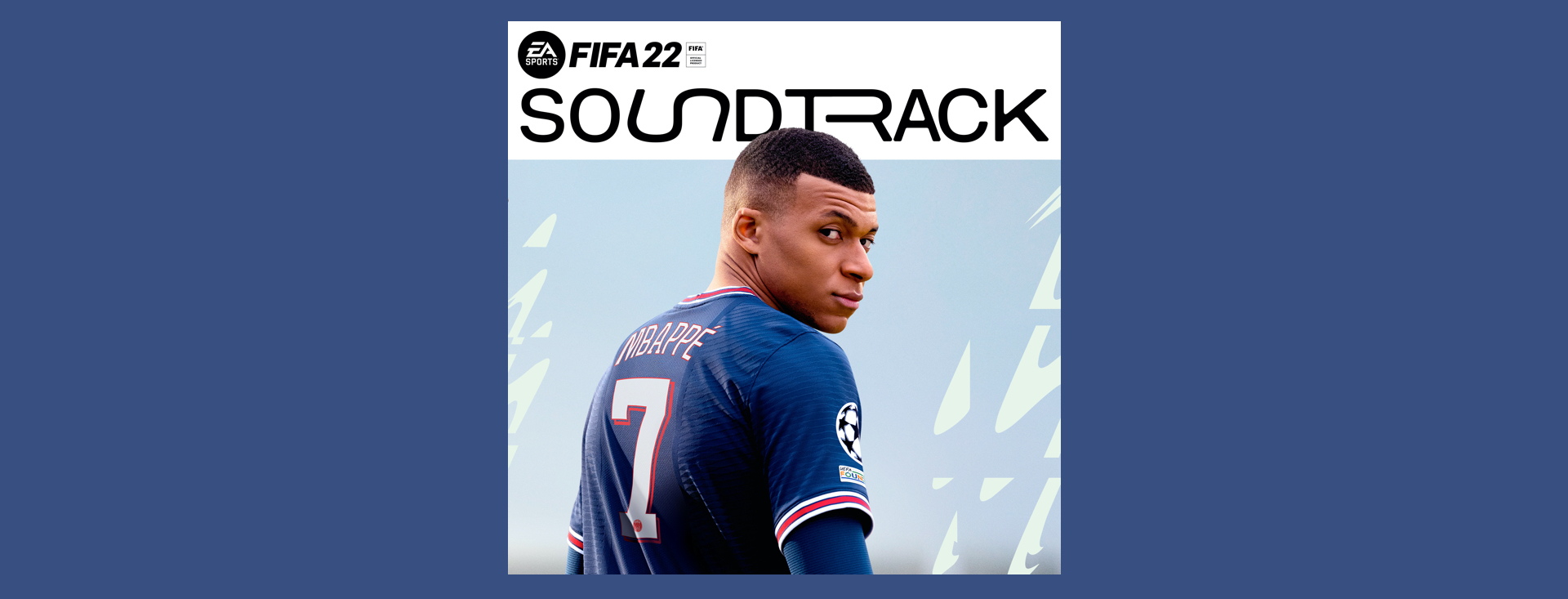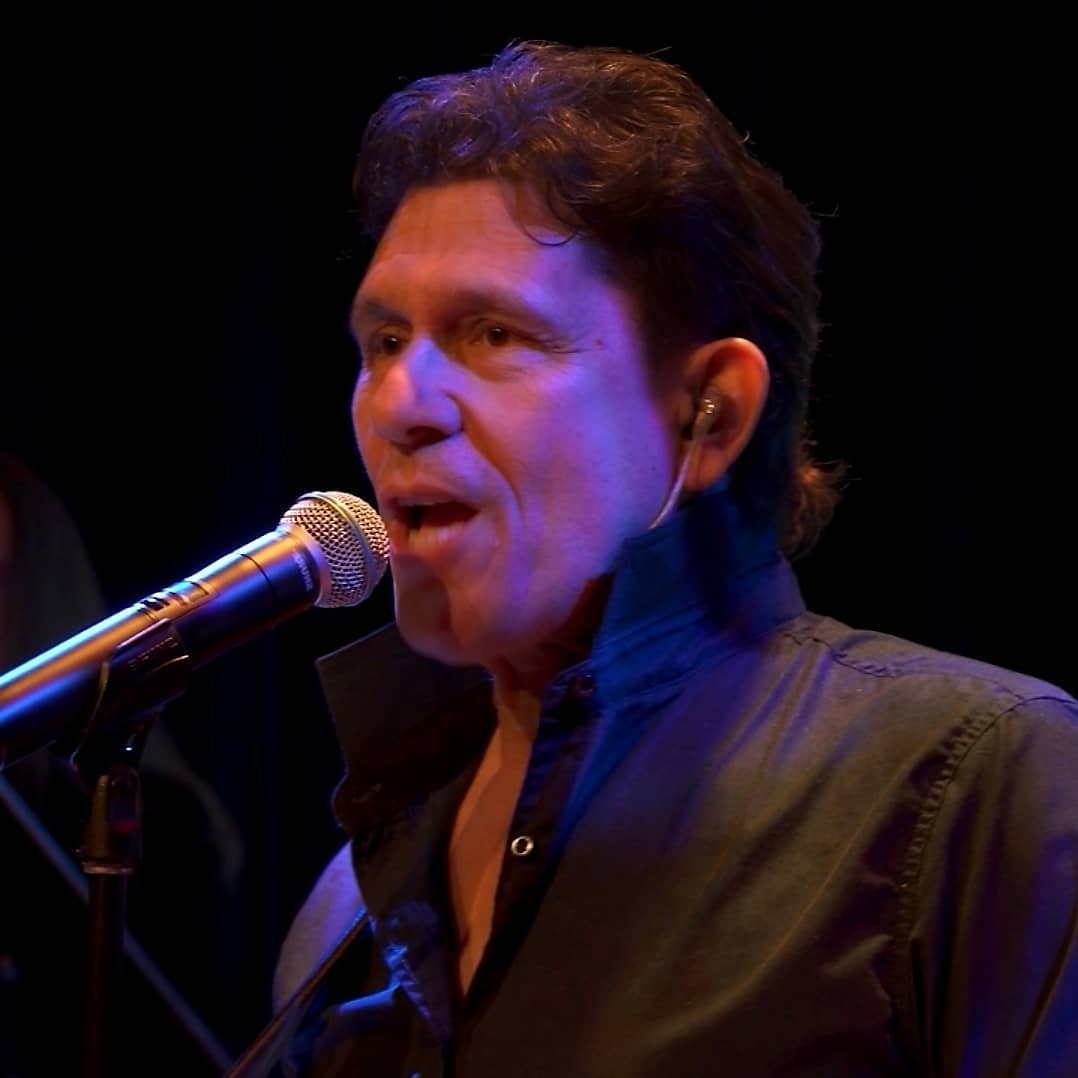I found Summer of the soul extremely moving – both exhilarating and infuriating. Your results may vary, but there’s no way you will find them less than incredibly interesting. The subtitle in parentheses of the film, (… or, when the revolution could not be televised), refers to the incendiary 1970 song “The Revolution Will Not Be Televised” by jazz musician and poet Gil Scott-Heron. He also refers to the fact that so far no audience has seen this film since it was recorded over fifty years ago.
Made by Questlove, Summer of the soul brings together the long-lost footage of the 1969 Harlem Cultural Festival at Mount Morris Park, a six-part, six-week free-for-all concert series featuring some of the world’s greatest musical talents: Nina Simone, Stevie Wonder, Mahalia Jackson , BB King, Sly and the Family Stone, Gladys Knight & the Pips, the Staple Singers, and so on. There was a whole day of gospel music, a whole day of Motown. The richness of the black music tradition in America is almost overwhelming, encompassing blues, jazz, gospel, pop, rock, funk – and the global influences are so vast – that a concert series in sixty parties could hardly have covered it.
The Black Panthers provided security, shutting down the police. With a predominantly black audience of up to three hundred thousand – young and old, elderly gentlemen in fancy suits and hats and young hipsters in glorious afros and skinny jeans and low necklines, and so many children, entire families out there, a few. people sitting in the trees for a better view – this epic event seems meant to be remembered.
And yet, as the commentators sadly attest at the end, everything was quickly forgotten. The footage was shot with the intention of making a concert film – joining the ranks of classics of that era as Woodstock, Monterey Pop, and Give me shelter – but did not arouse any interest from producers at the time.
Why? Because Woodstock happened within a hundred miles around the same time, and that’s all the media was talking about. “We even tried calling it ‘Black Woodstock’,” says producer and videographer Hal Tulchin, “but that didn’t help.”
The festival was created on such a tight budget that they couldn’t even afford full lighting. The stage therefore had to be built facing the dazzling heat of the summer sun. Festival director and producer Tony Lawrence brought it together through his sheer charisma and promotional flair, as well as a sponsorship he got from Maxwell House coffee – and in the movie we see the The brand’s embarrassing commercial ad from this era, with its exaggerated ‘African’ accent in the voice – speaking of the deep and rich soil of the ‘black continent’ where coffee beans are believed to grow.
Throughout the film, Questlove pulls out footage of the concert with regular edit sequences dealing with the many related topics brought up by the staging of the event: the performers’ stories, the memories of the audience’s experience (many of them are interviewed), the social context of the time which was both fascinating and extremely tragic, with the assassinations of Medgar Evans, Malcolm X and, most recently at the time of the concert, Martin Luther King Jr. These are set in before at the festival when Jesse Jackson takes the stage to present gospel legend Mahalia Jackson and saxophonist Ben Branch. He reminds the crowd that Ben Branch was with him and MLK Jr. on the day of the latter’s assassination, and that King had asked Branch to “make sure I play my favorite song.”
He’s a real gut hook, as he’s supposed to be. Mavis Staples said in her interview that Mahalia Jackson – quite old at the time – was not feeling well that day, and asked her to join her and help her sing. The performers were keenly aware of the historical significance of what they were doing not only politically, but musically as well, as Jackson passed the torch, in the form of the microphone, to Staples.
The Apollo moon landing also took place during the festival – 1969 was a year when everything happened at the same time – and Questlove designs a revealing montage of the responses of white and black citizens to this extraordinary event. As you might expect, the white response is uniformly enthusiastic while the black response is much more equivocal, if not downright hostile. “I think it’s very important, but this [festival] is equally important. “No matter the moon, let’s go get some of that money in Harlem.” “It’s a waste of money, people are going hungry all over the United States. . . “
It’s an extraordinarily topical streak now, with billionaires funding rockets to fly into space, while memes fly through social media citing Gil Scott-Heron’s bitter song “Whitey on the Moon”. “:” I cannot pay a doctor’s bill. / (but Whitey is on the Moon.) ”
There is so much going on in the movie that it’s hard to know what to make out, but one thing you can’t ignore is the clothes. Oh my god, the clothes. As the narrator voices point out, the look associated with Motown, sleek costumes and dresses, extravagantly styled hair, all very ‘classic’, shifted to provocative natural hair and extremely inventive outfits – fringed, tousled, accessorized in a wild way – in deliberately shocking colors often drawing on African and Latino influences.
A good example of transitioning between phases, musically and sartorially, is Stevie Wonder, who is just beginning to develop the Motown performance style that first made him famous as a child prodigy Little Stevie Wonder, to become more daring. improvised as well as political. He looks fabulous in a brown suit with the most stunning stand collar almost the height of Count Dracula and a sun yellow ruffled shirt. And there is also David Ruffin, who had recently left the Temptations, taking the stage to sing alone their huge Motown hit “My Girl”. Remarkably tall and slim, he left behind his old band’s signature tuxedos for a narrow-cut black suit with a pink shirt and major fur collar like Joan Crawford might have worn in the past.
Men’s clothing in particular stands out in this film, rejecting or at least savagely embellishing the drab colored suits that had long been mandated in “polished” American society. Impresario Tony Lawrence wears a series of striking shirts, my favorite being the one in hot pink satin with elaborate ruffles, cut – as they say – until the.
And then of course there is Nina Simone. As one witness attested, “She looked like an African princess,” with a tower of richly braided hair, intricately designed giant hoops and a boldly patterned green halter dress. When she comes out, sits down in front of that grand piano and bangs those keys so hard you see the muscles jumping in her arms, it’s mind-blowing.
And she’s talking about a real revolution, there’s no doubt about it. The lyrics to her call-and-response song “Are You Ready?” don’t ask if you’re ready to switch. They ask, “Are you ready to do what is necessary? Are you ready to smash white things, burn down buildings, are you ready? “
When Sly and the Family Stone casually gather on stage, taking their time to tune their instruments, it’s probably partly just to give everyone time to soak up the multiracial ensemble defying all manner of convention. “To see a black woman playing the trumpet,” marvels a spectator of Cynthia Robinson, the formidable trumpeter and backing vocalist of the group. And about Greg Errico, the white drummer dressed in an outrageous outfit all in leopard print: “White is the drummer?! “
We watch the massive crowd eagerly waiting to see if Sly Stone will come out or skip the whole thing – you never knew for sure at that point – but when he finally emerges, in maximum style as always, he throws his head for sing that fantastic chorus from “Everyday People—“ IIII-HIGH-HIGH loves everyday people, yeah yeah ”, – well, I almost cried.
I also pretty much cried, but in a different way, when I looked at this film’s production entity, the Onyx Collective, which appears in the opening credits. But far from being a true collective of independent black filmmakers, you should know that Onyx is actually an “organized content brand at Disney” for “creators of color and underrepresented voices.”
Summer of the soul is the first Onyx feature. And the second? The 1619 project, which will be produced by Oprah Winfrey.
Yes, Disney owns it all. And their “revolution” will definitely be televised.




